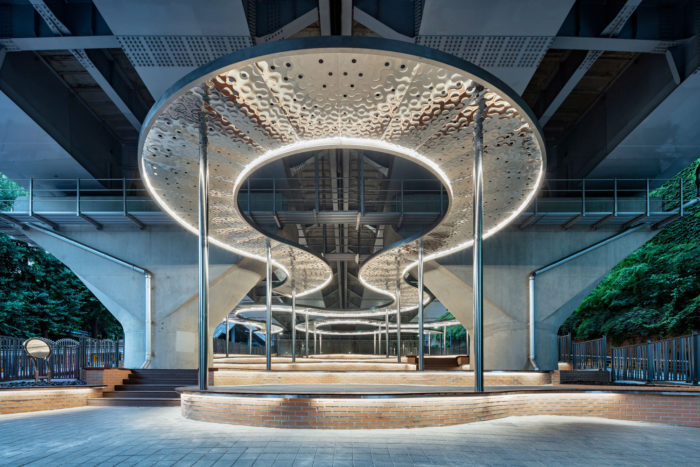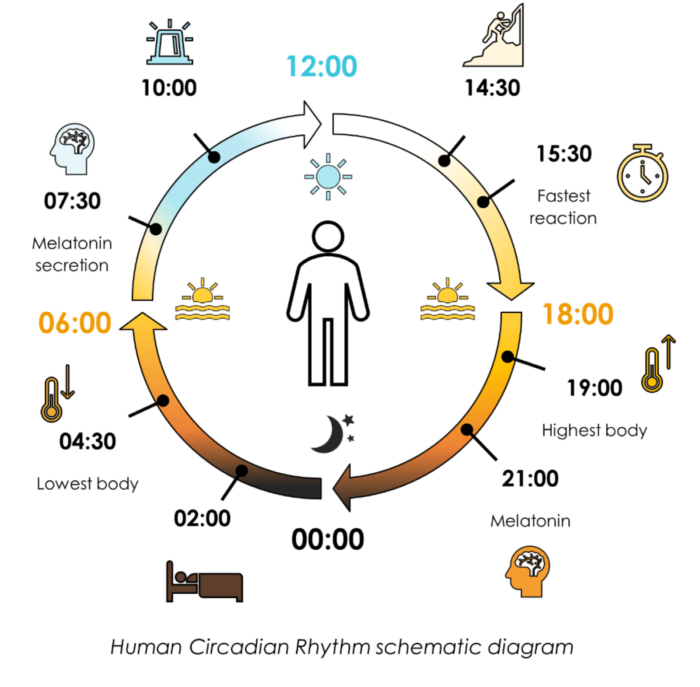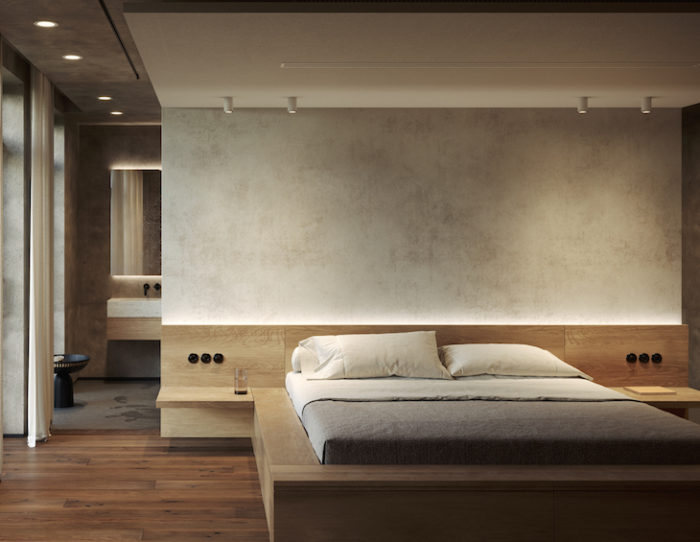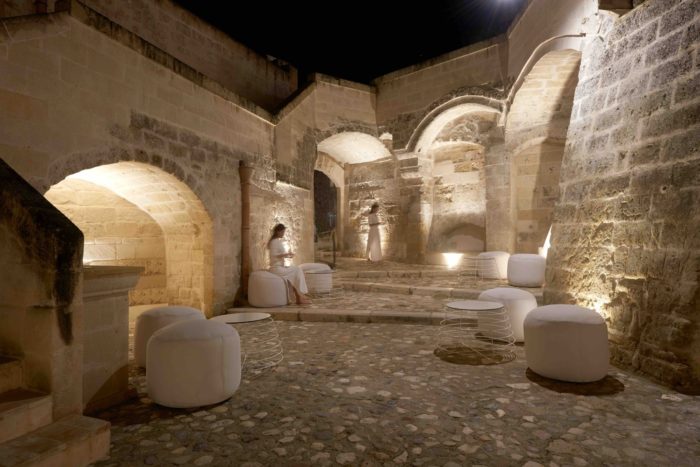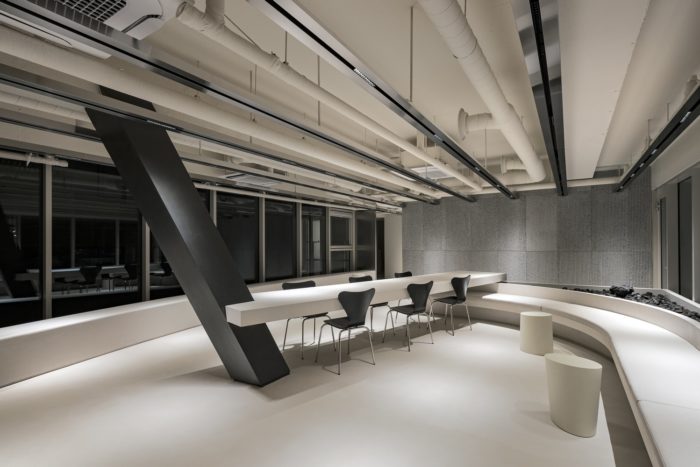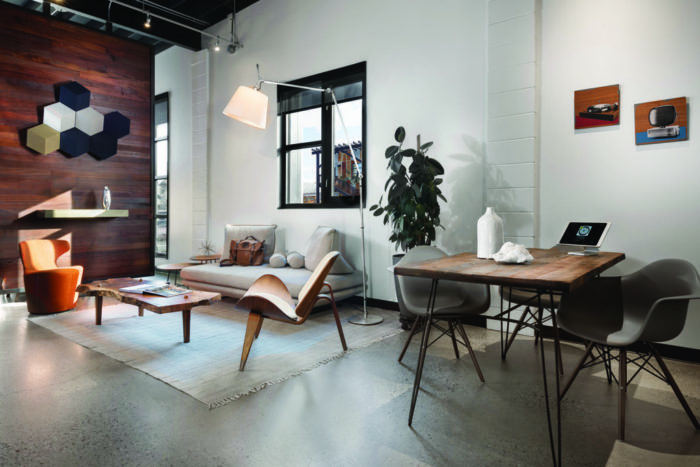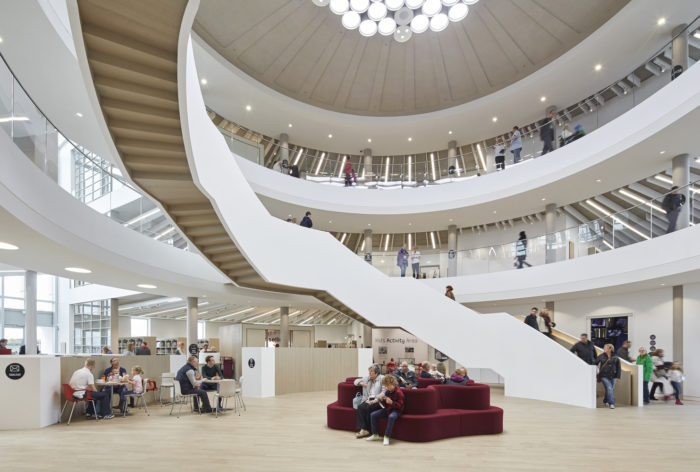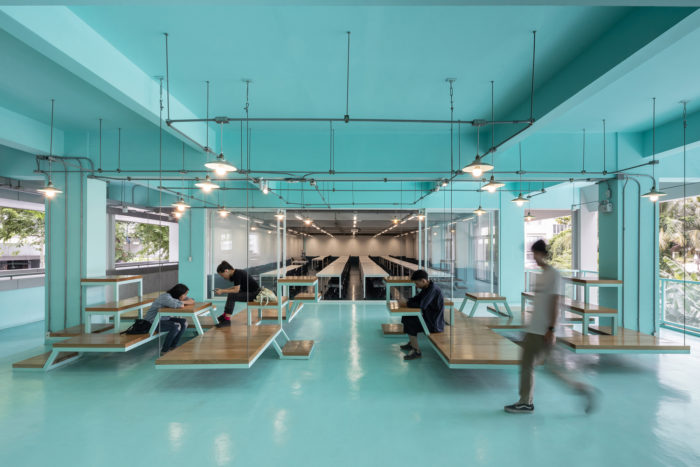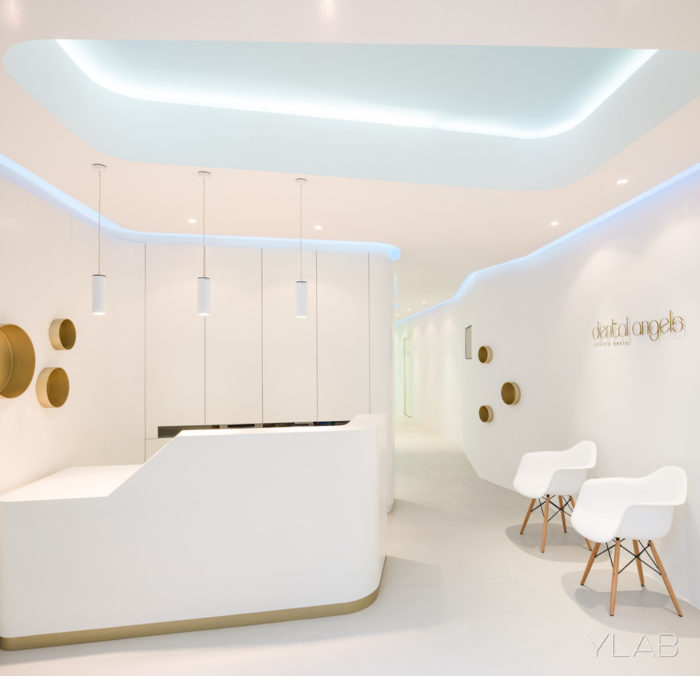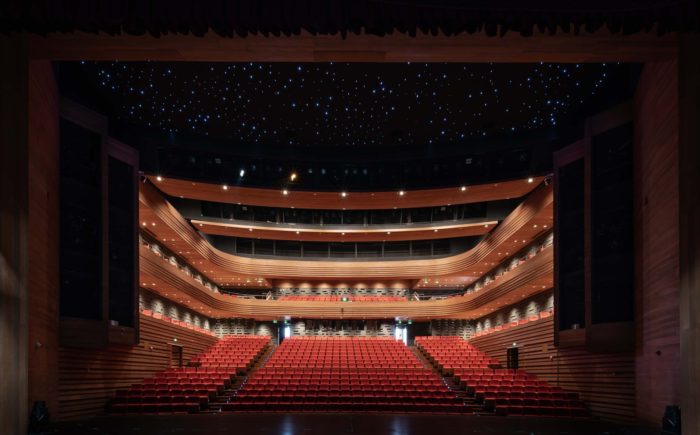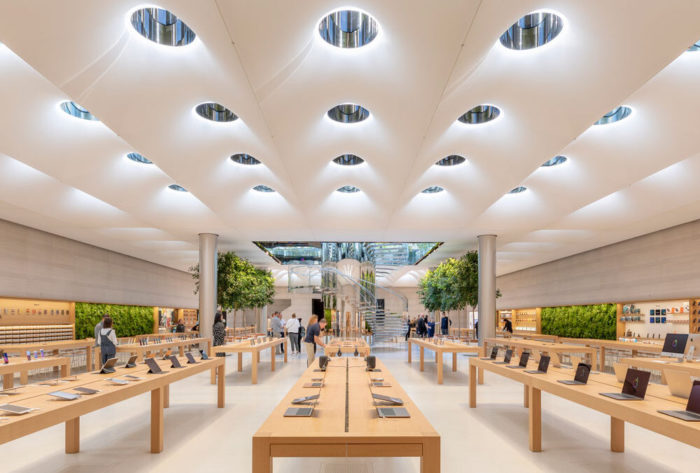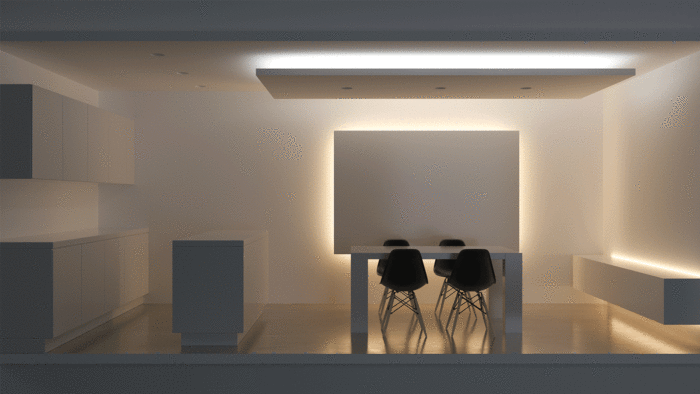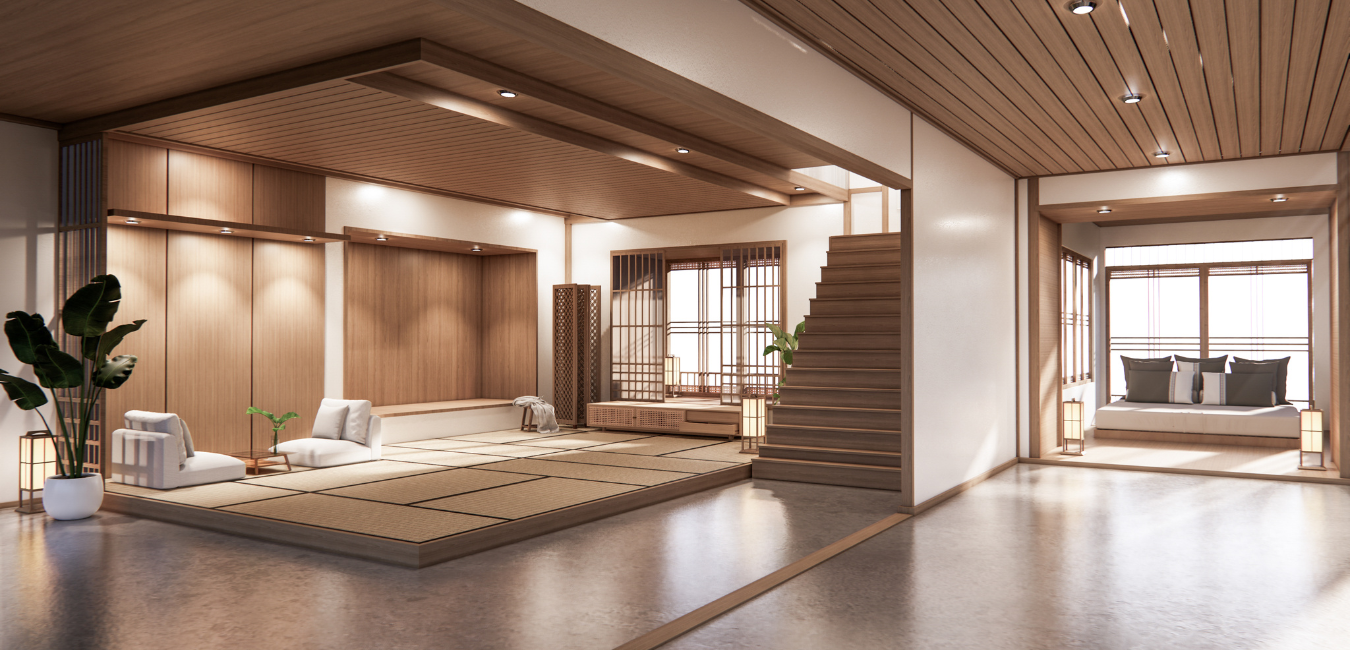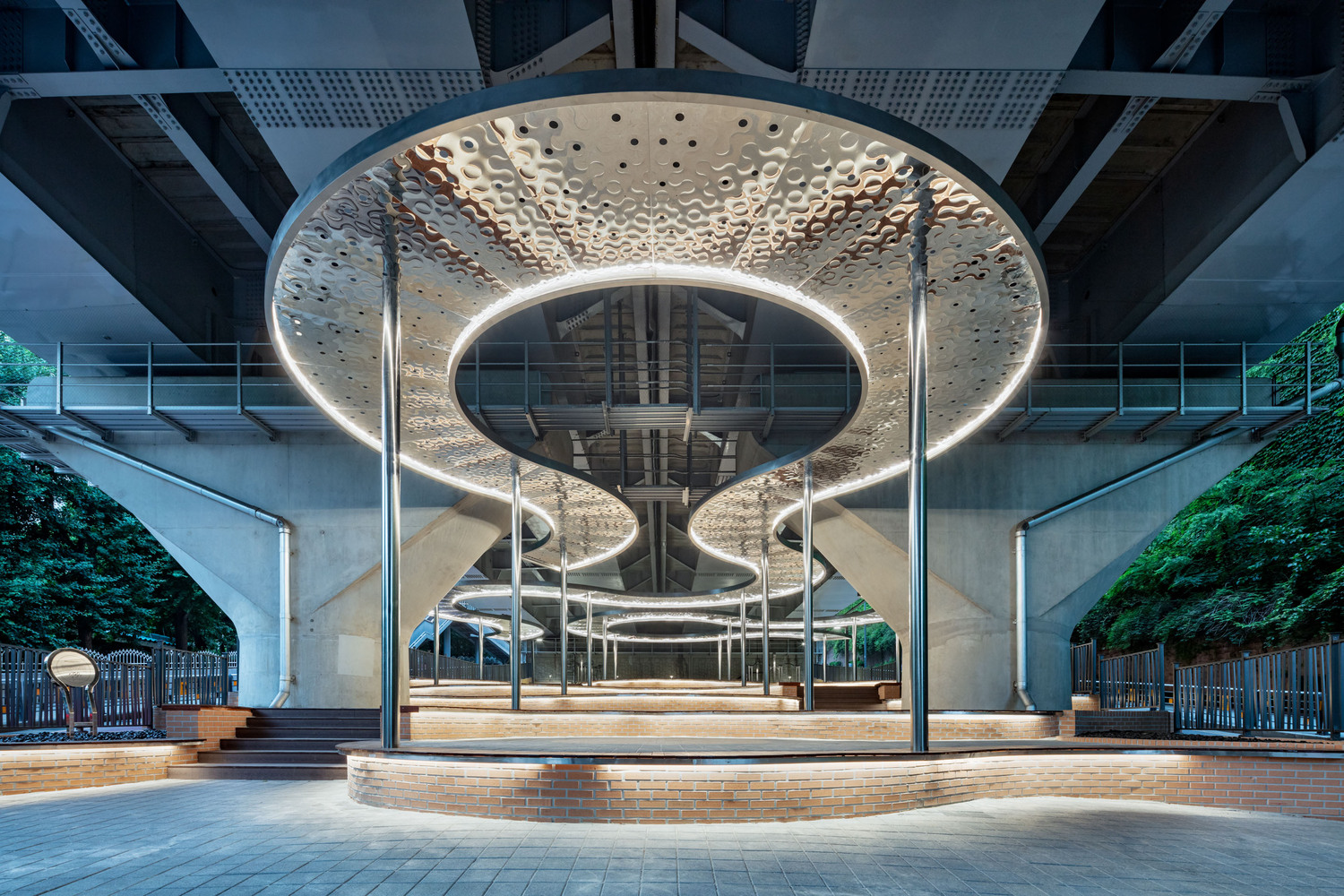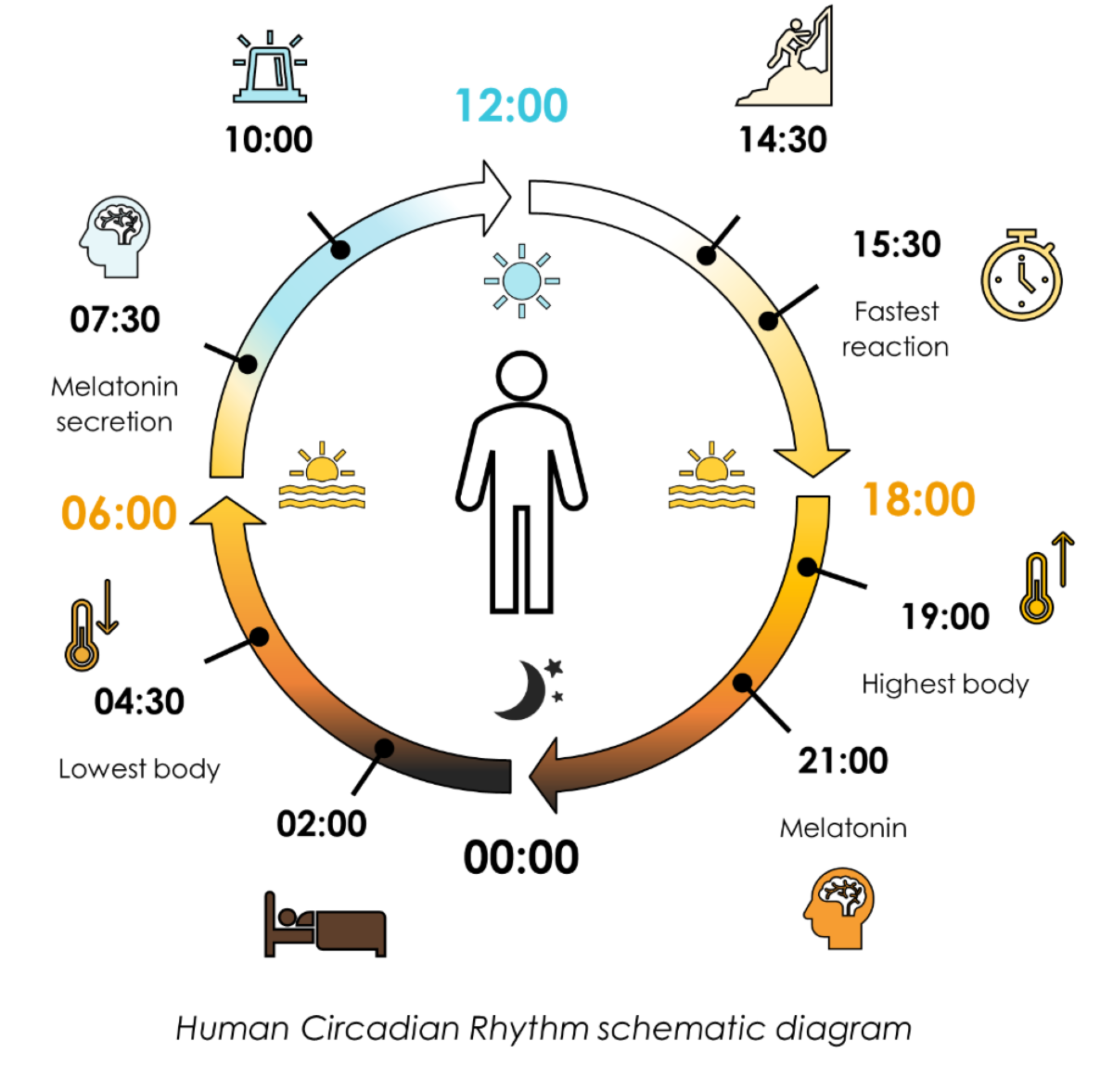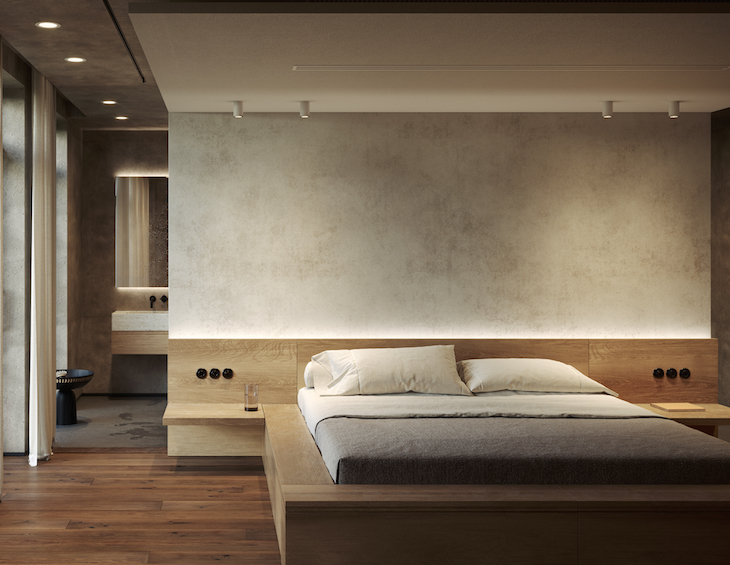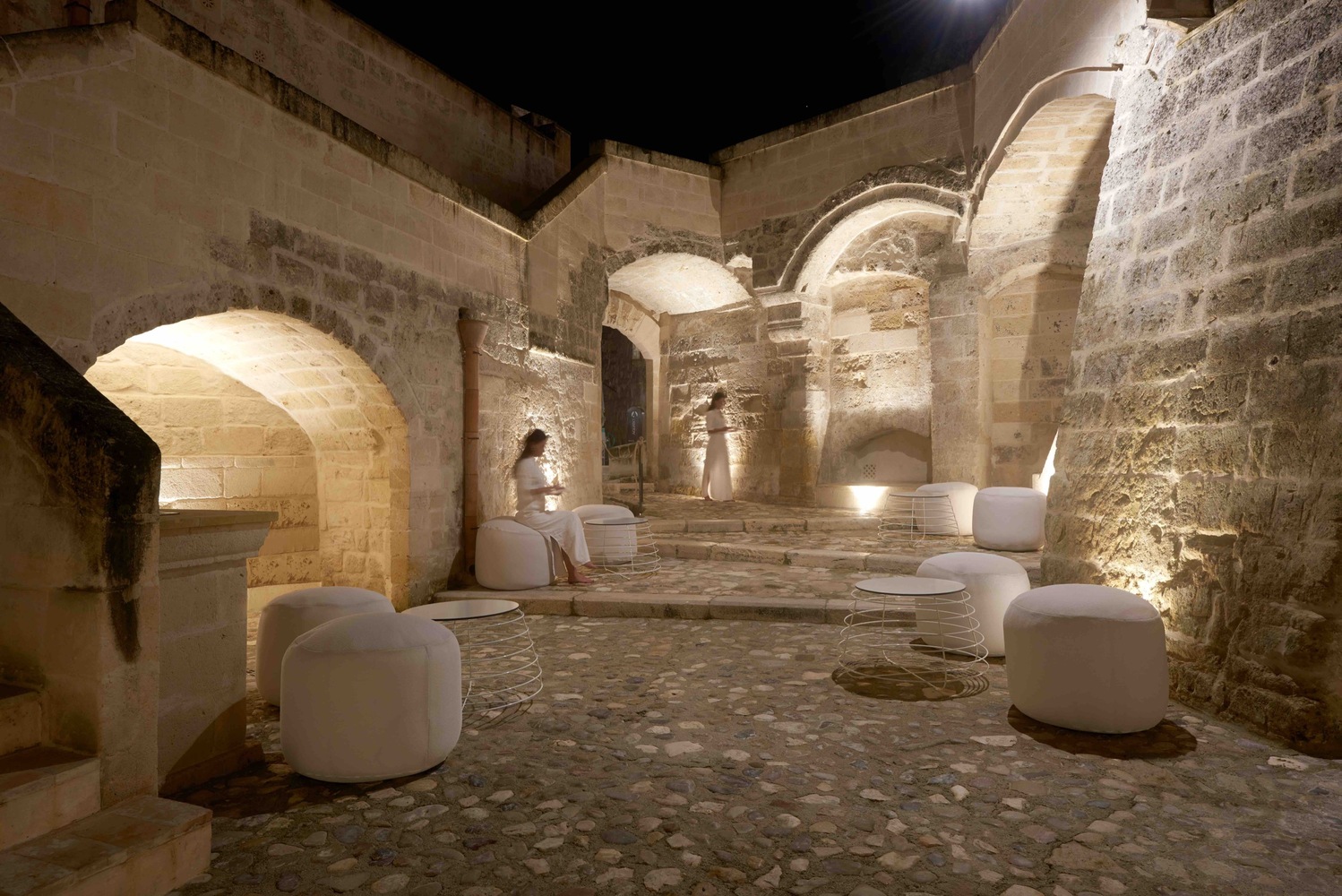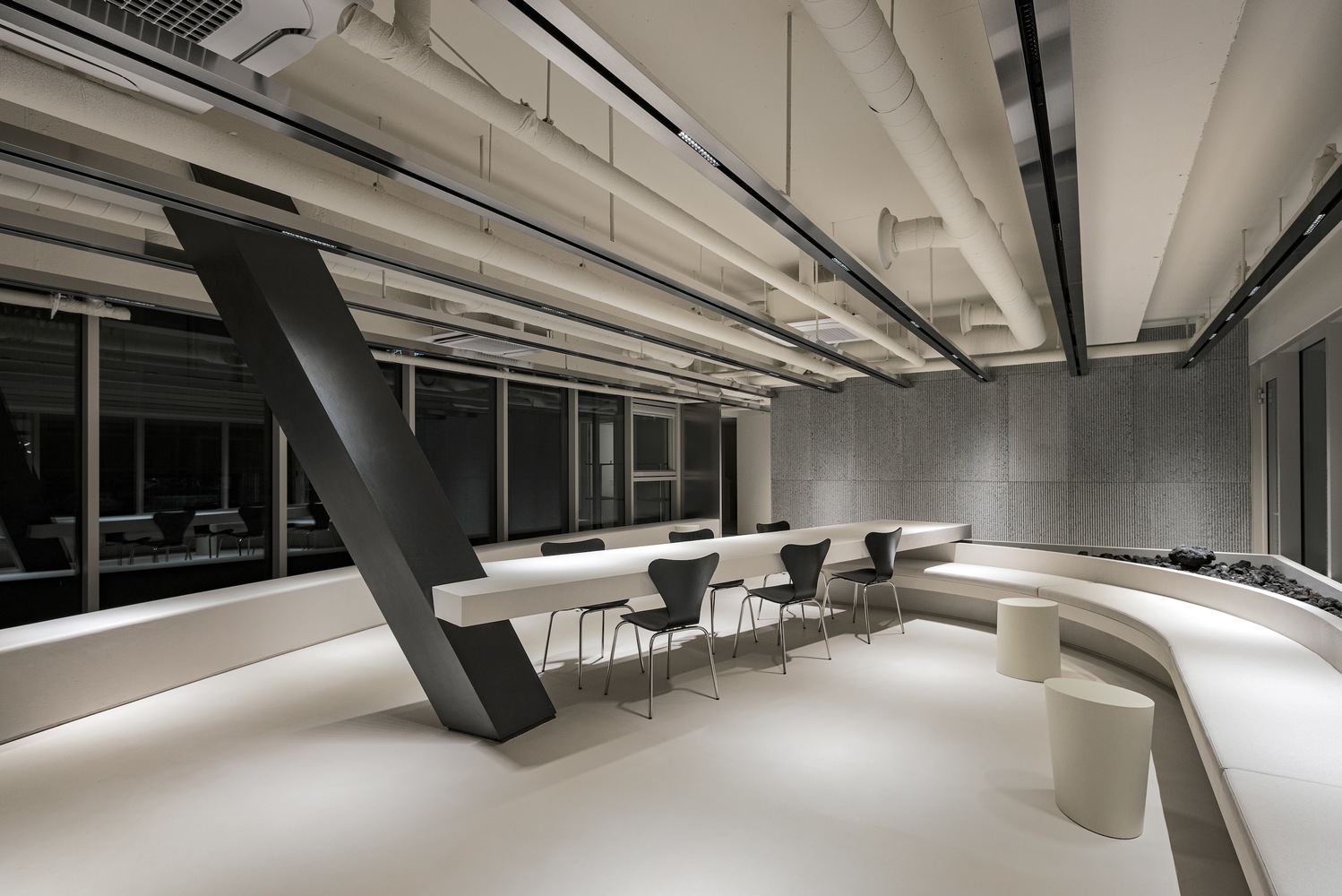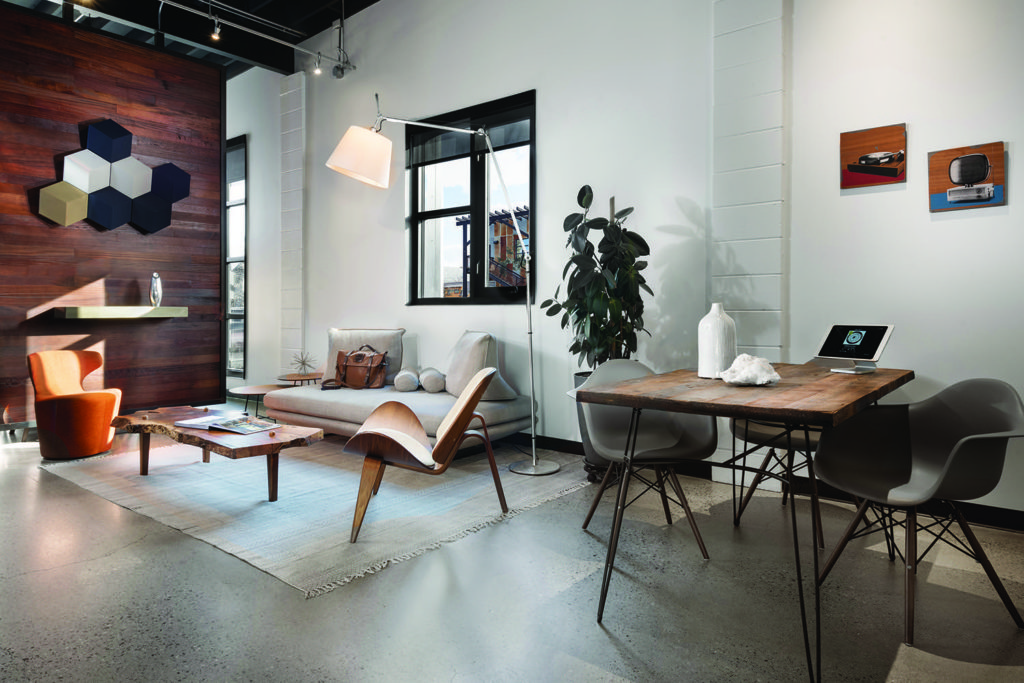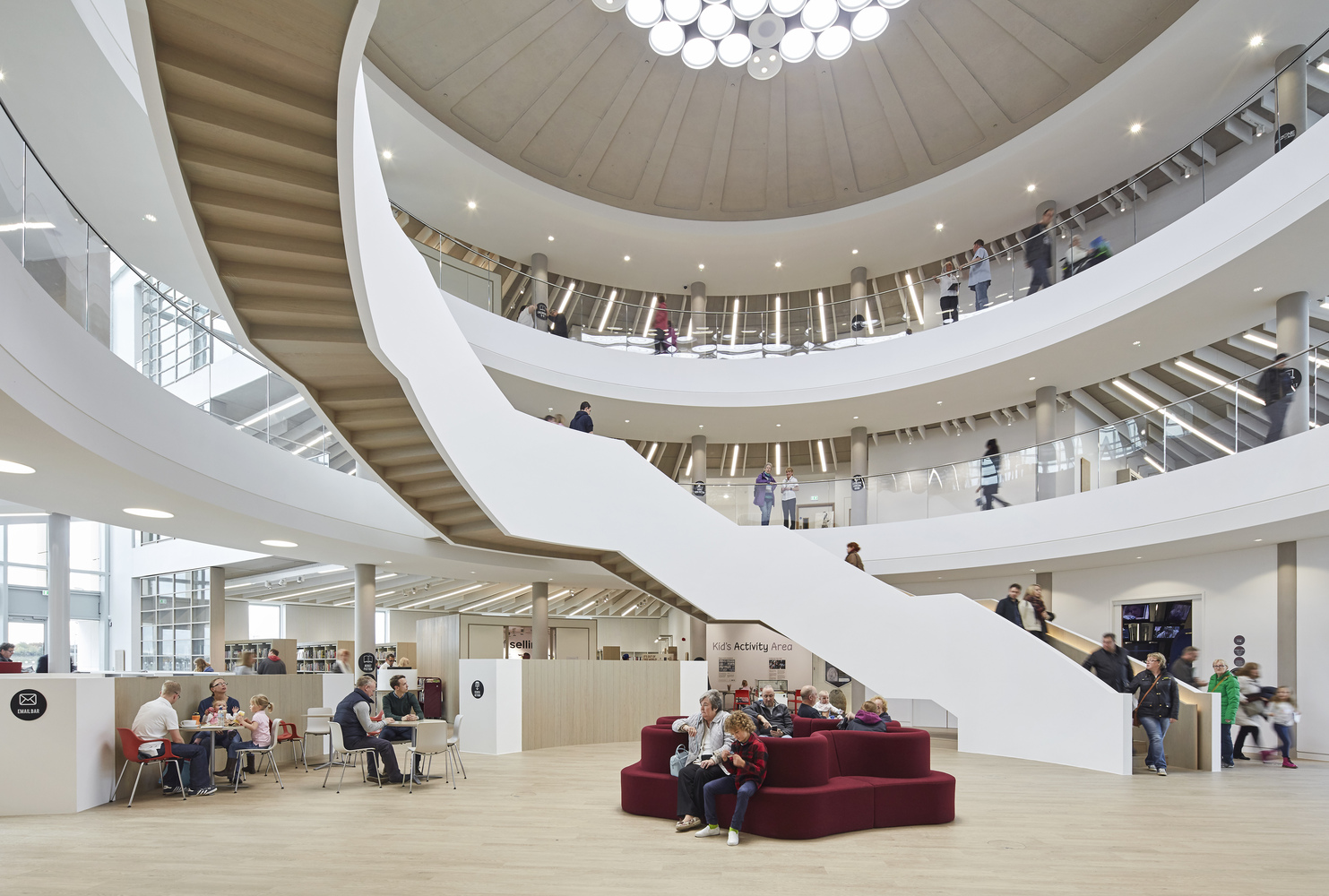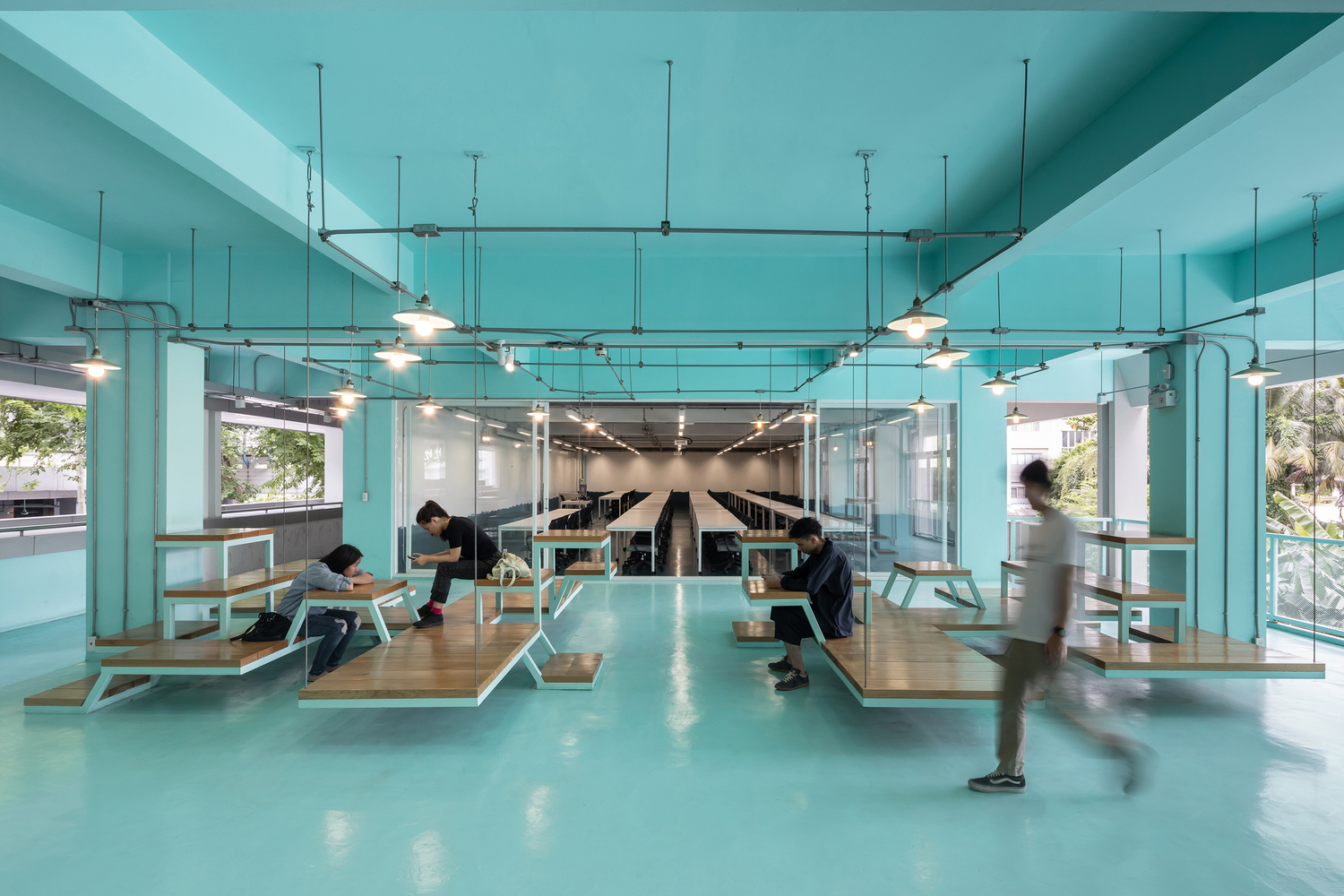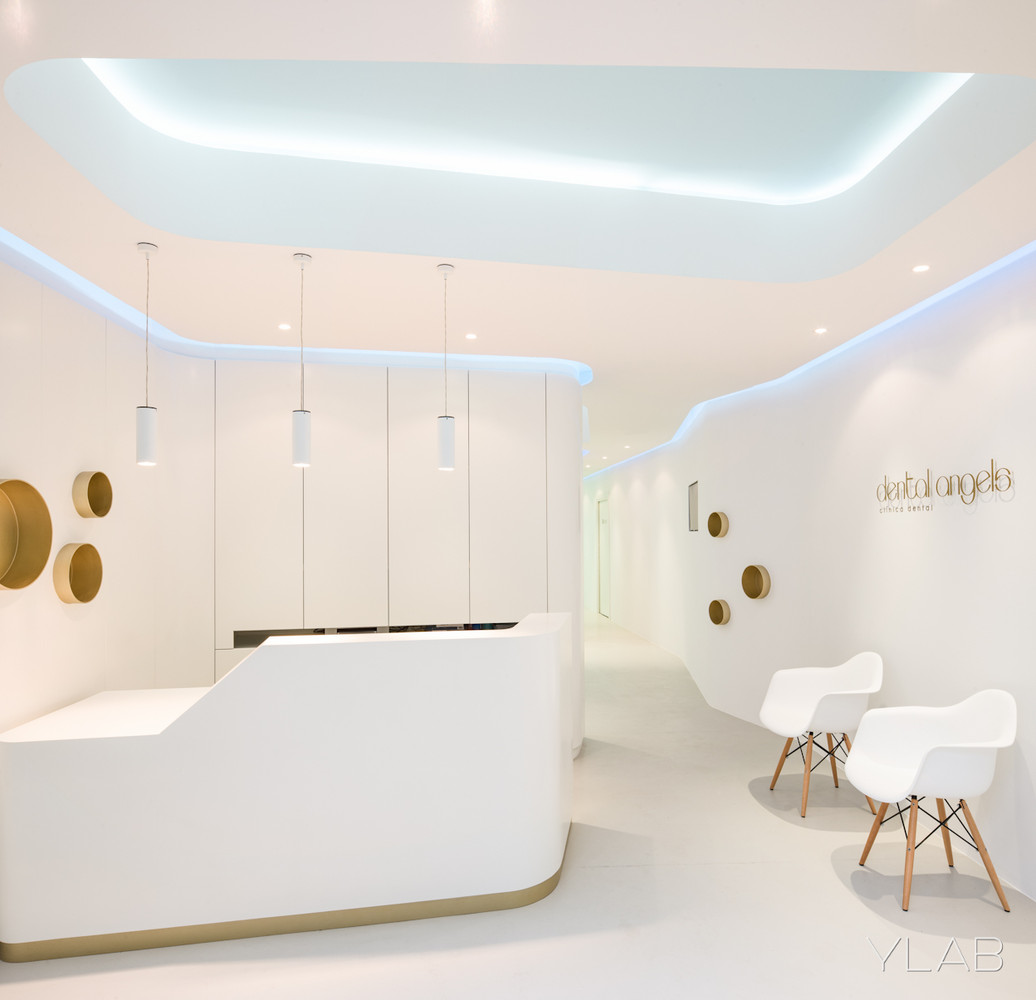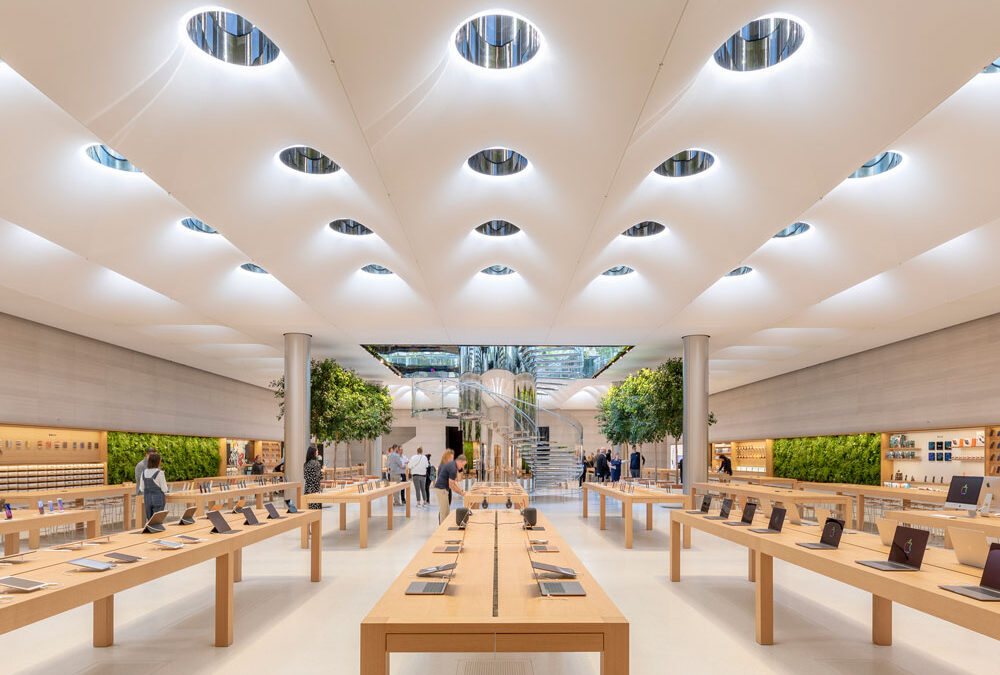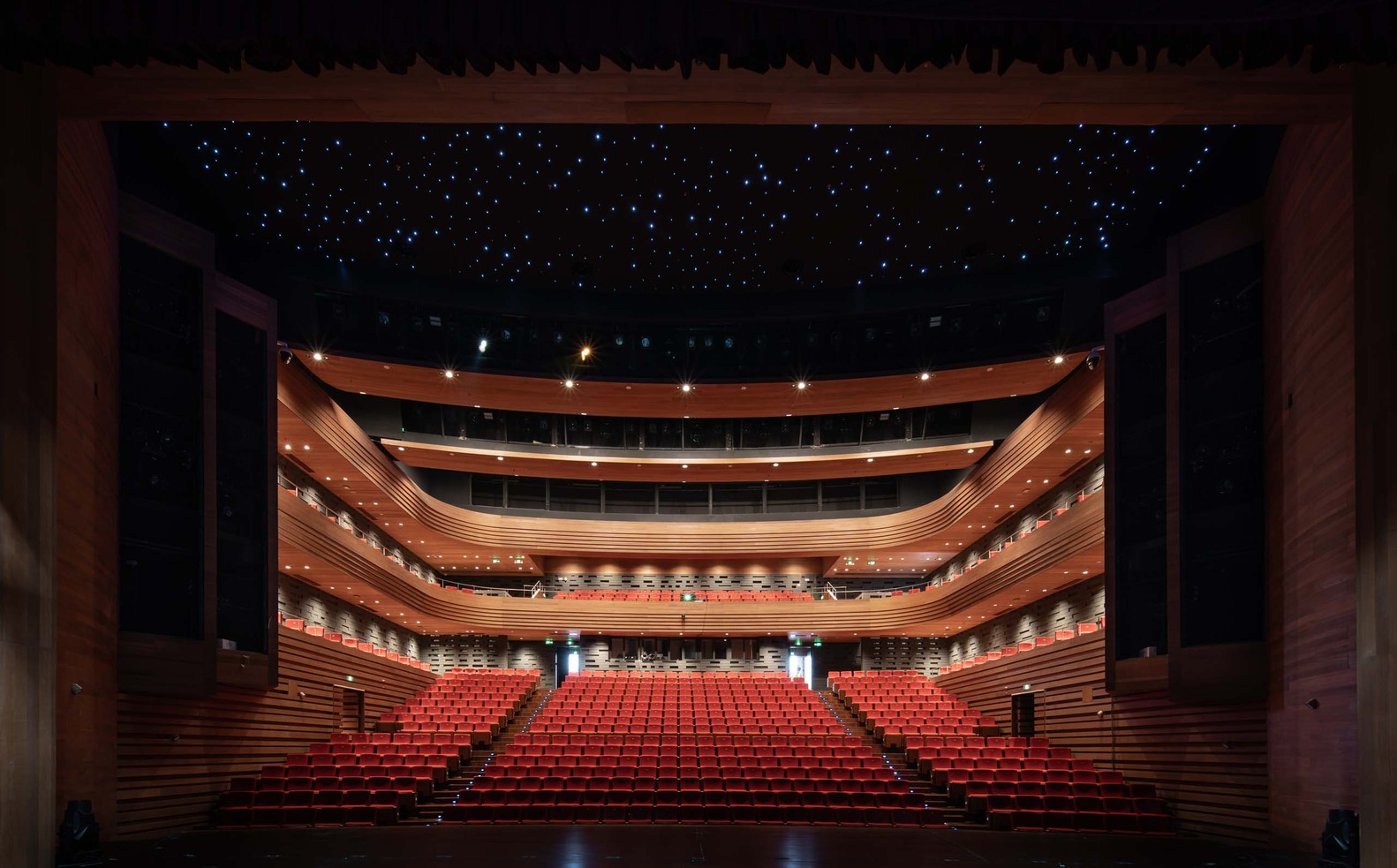In the fast-paced and technology-driven world of the 21st century, our lives are becoming increasingly intertwined with artificial lighting. Whether working, studying, or relaxing at home, the type of lighting we encounter profoundly impacts our overall well-being. Human Centric Lighting (HCL) has revolutionized how we illuminate our lives, offering a dynamic and holistic approach to lighting design that considers the needs and rhythms of human biology. This article will explore the fascinating world of Human Centric Lighting and how this innovative lighting concept enhances our well-being, making our lives brighter, healthier, and more harmonious.
Understanding Human Centric Lighting
Human Centric Lighting is not just a buzzword; it represents a paradigm shift in the field of lighting design. Traditional lighting systems were often focused solely on functionality and aesthetics, neglecting the importance of human biological responses to light. In contrast, HCL is based on a deep understanding of our circadian rhythm – the natural cycle of our bodies in response to daylight and darkness. By emulating the natural changes in sunlight throughout the day, HCL aims to support our biological needs, resulting in improved mood, productivity, and overall well-being.
The Influence of Light on Our Body and Mind
Over thousands of years, the human body has evolved to synchronize with the natural light-dark cycle. This internal clock, known as the circadian rhythm, regulates various physiological processes, including sleep-wake cycles, hormone production, and metabolism. Traditional lighting, often characterized by harsh, static light sources, can disrupt our circadian rhythm, leading to sleep disturbances, mood disorders, and decreased cognitive performance.
Human-Centric Lighting Benefits
As we mentioned, Human Centric Lighting refers to lighting systems designed to consider individuals’ biological and emotional needs, promoting well-being, productivity, and comfort. Here are some benefits of implementing Human Centric Lighting:
1) Improved Sleep Quality
One of the most significant benefits of HCL is its potential to improve sleep quality. Exposure to blue-enriched light during the daytime helps to keep us alert and enhances our cognitive abilities. However, excessive blue light exposure in the evening can interfere with the production of the sleep hormone melatonin, making it harder for us to fall asleep. HCL systems address this issue by gradually reducing blue light content during the evening, promoting a natural wind-down process, and improving sleep quality.
2) Enhanced Mood and Mental Well-being
Natural daylight has long been associated with positive effects on our mood and mental well-being. HCL mimics the dynamic changes of natural light, contributing to the regulation of serotonin levels – the “feel-good” hormone. This can help alleviate symptoms of depression and seasonal affective disorder (SAD), making us feel happier, more energized, and less prone to mood swings.
3) Increased Productivity and Focus
In work environments, Human Centric Lighting can significantly impact productivity and focus. Bright, cool-toned light during the morning and early afternoon stimulates alertness and concentration, optimizing our performance. As the day progresses, warmer and dimmer light settings can induce a sense of calmness, reducing stress levels and encouraging creativity.
4) Better Visual Comfort and Reduced Eye Strain
(HCL) employs advanced lighting control systems to reduce glare and ensure uniform illumination throughout the space. Doing so effectively minimizes eye strain and visual discomfort, which proves especially valuable during prolonged screen use, promoting a healthier and more comfortable environment for occupants. The precise color temperature and intensity adjustments in HCL improve well-being and productivity, making it a preferred choice for modern lighting solutions in various settings.
5) Energy Efficiency and Cost Savings
While Human Centric Lighting involves dynamic adjustments to cater to varying lighting needs, integrating smart controls and cutting-edge sensors is crucial in ensuring lighting is utilized judiciously and only when required.
This intelligent optimization not only leads to significant energy savings but also effectively reduces operating costs, making HCL a sustainable and cost-effective lighting solution for both commercial and residential applications. Adapting and responding to changing environmental conditions further enhances the overall efficiency of Human Centric Lighting, providing a win-win scenario for users and the environment.
Human-Centric Lighting in Different Fields
These applications highlight the versatility and adaptability of Human Centric Lighting in meeting the unique needs of individuals in various settings, ultimately promoting better health, well-being, and performance.
Human-Centric Lighting and Architecture
The application of HCL is not limited to just the illumination of spaces; it also plays a crucial role in architectural design. Integrating HCL into buildings allows architects to create more human-centric and sustainable spaces. Large windows and light wells can facilitate the influx of natural daylight, promoting a healthier indoor environment. Paired with smart lighting systems, these designs can adapt to changing natural light conditions, providing occupants with a seamless transition between natural and artificial lighting.
HCL and Education
Human Centric Lighting is especially beneficial in educational settings. Studies have shown that classrooms with dynamic lighting systems positively impact students’ concentration and academic performance. By optimizing lighting to match the circadian rhythm, students can be more engaged during morning lessons, experience reduced fatigue after lunchtime, and improve their overall learning experience.
Furthermore, Human Centric Lighting fosters improved memory retention and enhanced student concentration. Studies have shown that exposure to appropriate lighting, which aligns with natural daylight patterns, positively influences cognitive functions, allowing students to absorb information more effectively and stay engaged in the learning process.
The dynamic nature of HCL enables educators to tailor the lighting settings to specific activities, such as focused studying, collaborative group work, or creative tasks, further promoting a conducive learning atmosphere and supporting students’ academic performance and overall well-being.
HCL and Healthcare
In healthcare settings, such as hospitals and care facilities, HCL can contribute to better patient outcomes. For patients recovering from surgery or illness, exposure to circadian-appropriate lighting can accelerate healing and reduce the length of hospital stays. Additionally, HCL can help alleviate symptoms of dementia and Alzheimer’s disease, providing a more comfortable and supportive environment for patients and their caregivers.
HCL in Entertainment Settings
Human Centric Lighting can enhance entertainment venues like theaters and concert halls, creating immersive lighting experiences that complement the performances and engage the audience.
HCL in Retail Settings
HCL can be used in retail spaces to create appealing and dynamic lighting environments. Adjusting lighting to match product displays and customer needs can influence purchasing decisions and create a more enjoyable shopping experience.
The Role of Technology in Human-Centric Lighting
Advancements in technology have paved the way for the widespread adoption of HCL. Smart lighting systems with sensors and tunable LED technology can automatically adjust light intensity, color temperature, and distribution based on the time of day and occupants’ needs. Artificial Intelligence algorithms can also optimize lighting by considering geographical location, weather conditions, and individual preferences, enhancing the HCL experience.
In a Nutshell
As we continue to evolve in a technologically-driven society, we must not lose sight of our fundamental human needs. Human Centric Lighting is a groundbreaking approach acknowledging the profound connection between light and biological well-being. By harnessing the power of dynamic lighting, we can transform our lives, improve our health, and foster a more harmonious relationship with the spaces we inhabit. As architects, designers, and individuals, let us embrace the radiant future of HCL and shine a light on humanity’s brighter and healthier tomorrow.
Eungbong Terrace / YZA. © Kyungsub Shin
© Vizulo
© Humanlumen
Aquatio Cave Luxury Hotel & SPA l Simone Micheli. © Jürgen Eheim
FNC Entertainment Seongsu Office l EDIT TABLE. © Yongjoon Choi
© Jon Menezes
The Word – National Centre for the Written Word l FaulknerBrowns Architects. © Hufton+Crow
Bangkok University Interior Renovation l Imaginary Objects + HYPOTHESIS. © Ketsiree Wongwan
Dental Angels l YLAB Arquitectos. © Ciro Frank Schiappa
© Memo Lighting
The Beijing International Theatre Center l BIAD Huyue Studio. Cao Yu theater. © Xiangfei Chen


